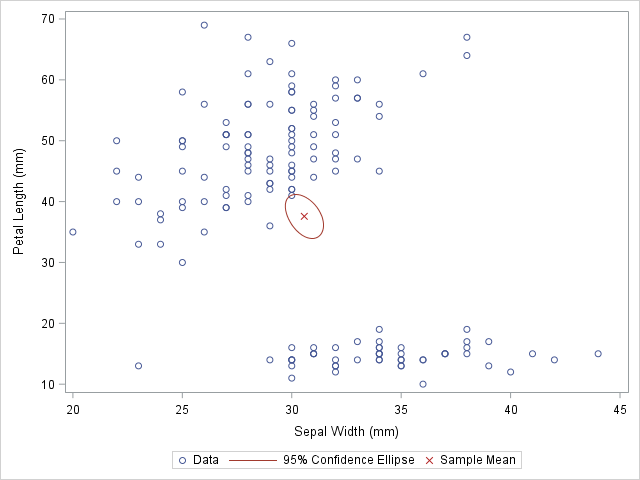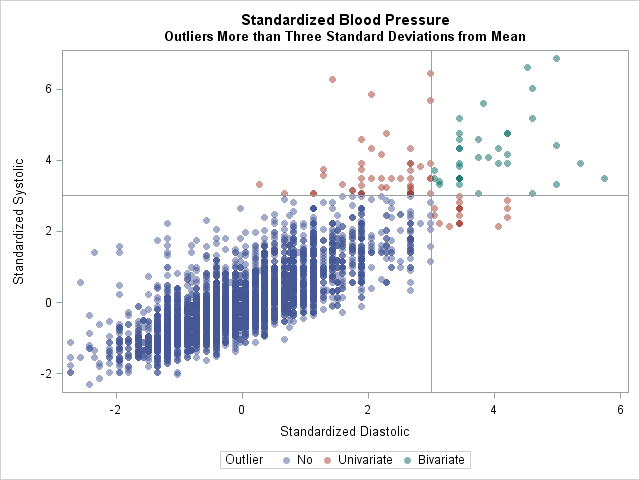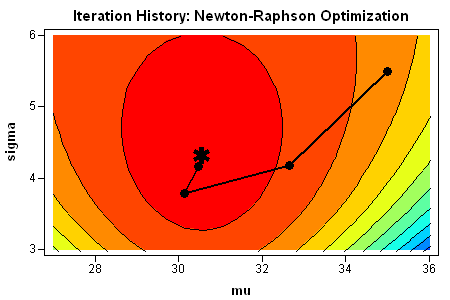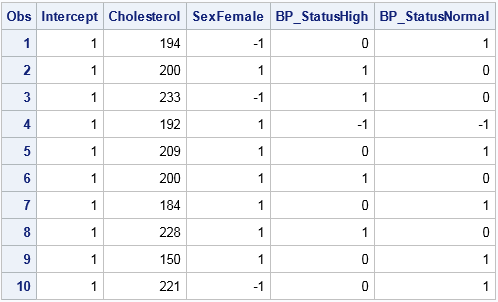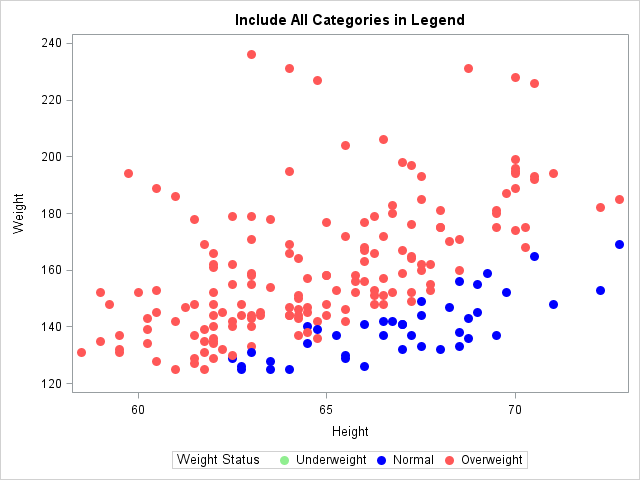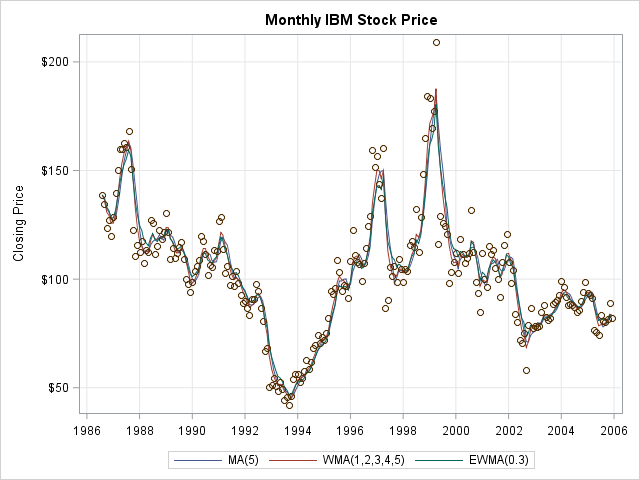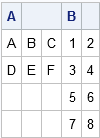
For SAS programmers, the PUT statement in the DATA step and the %PUT macro statement are useful statements that enable you to display the values of variables and macro variables, respectively. By default, the output appears in the SAS log. This article shares a few tips that help you to

